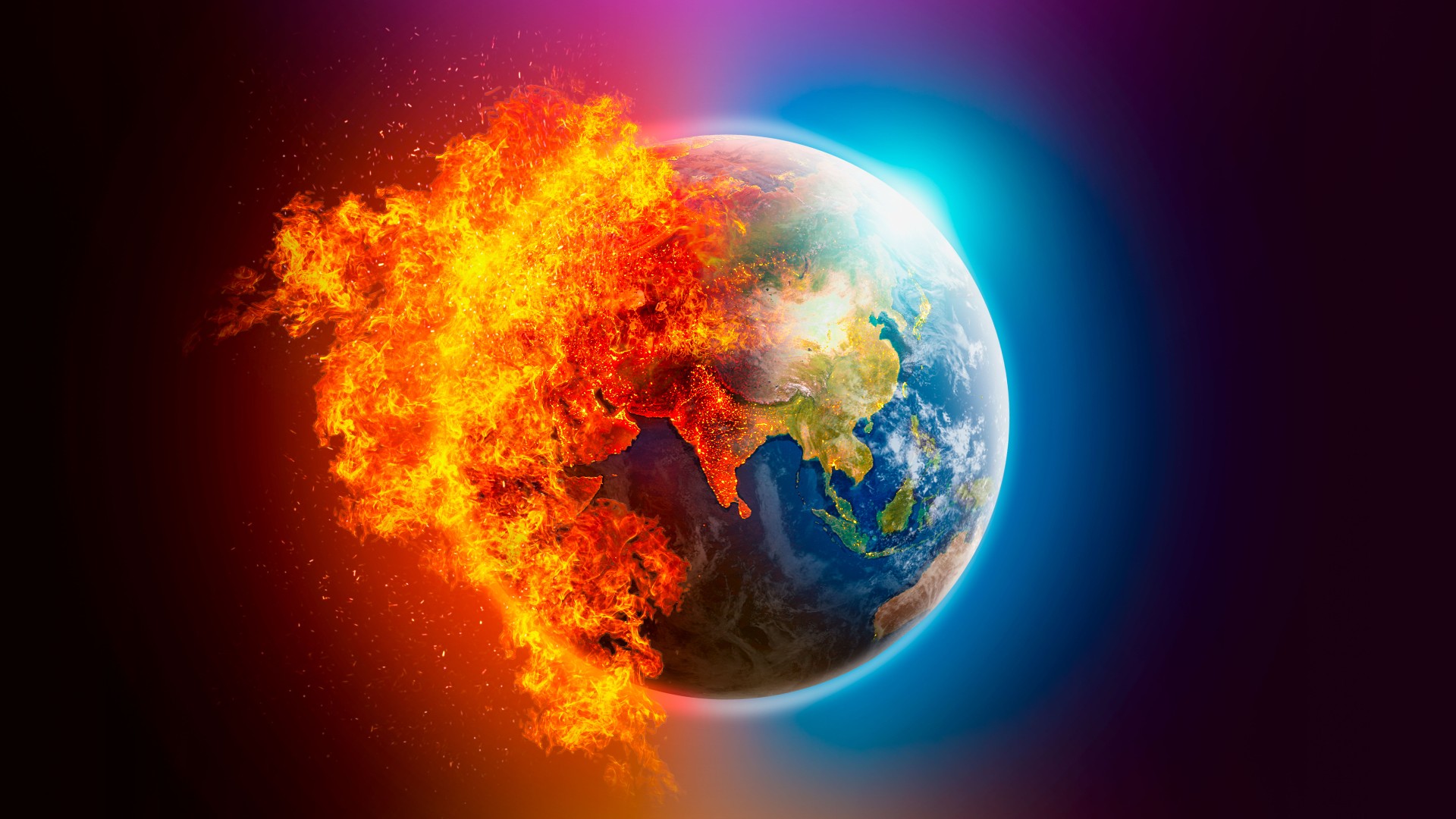
It's undeniable: Earth's climate is warming dramatically, and it is wreaking havoc on animals, plants and humans. And if people don't curb greenhouse gas emissions substantially — and fast — we could be barreling toward an even scarier future. From zombie viruses awakening to polar bears dumpster-diving, here are 10 signs Earth's climate is out of control.
1. Zombie viruses wake up
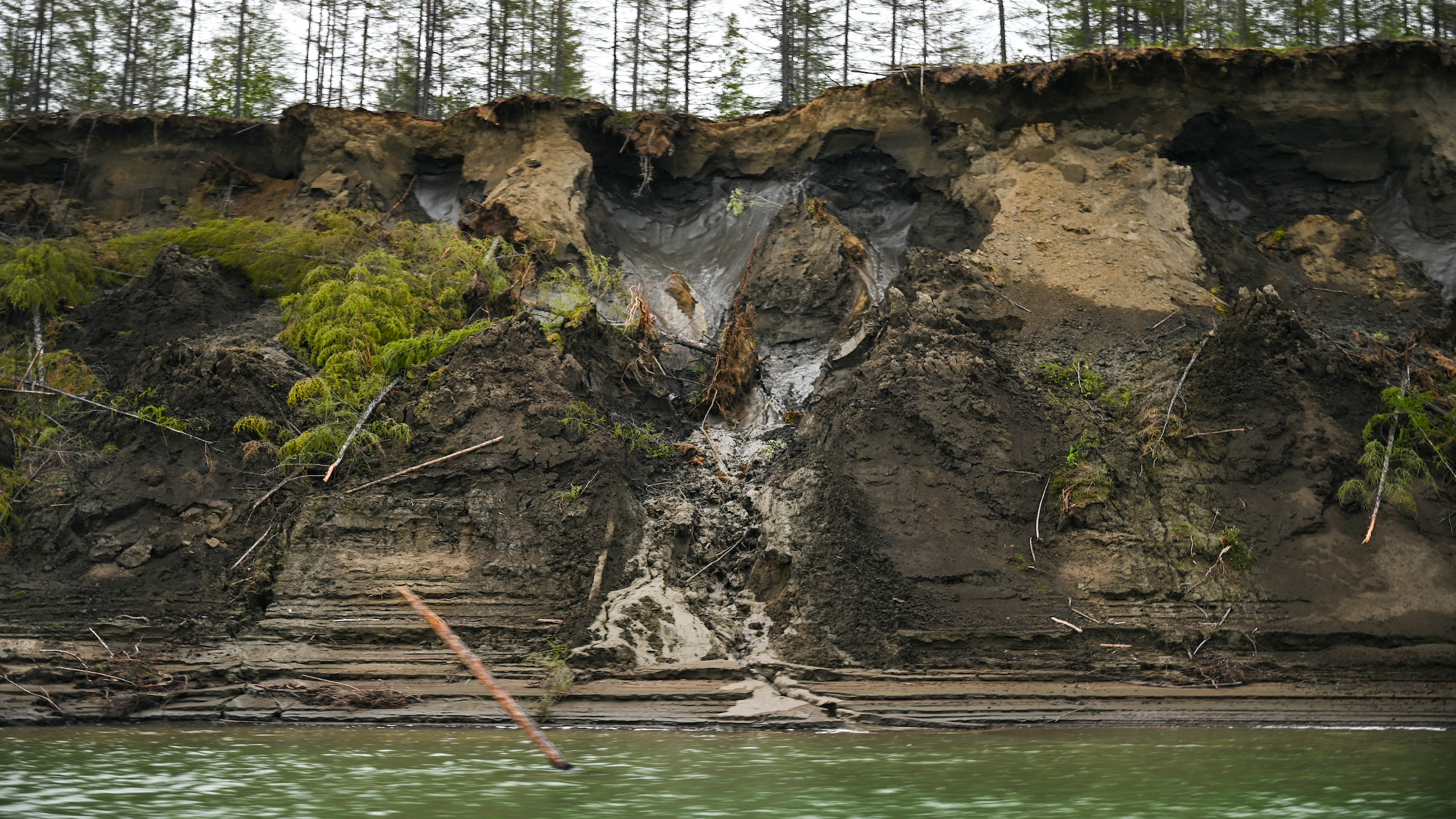
Zombie viruses are being revived from permafrost. Many of these ancient microbes have been locked away in the frozen ground in Siberia for tens of thousands of years, but now, these viruses are waking up as a result of Arctic melting. Researchers have unearthed 13 viruses from Siberia that were viable even after centuries in deep freeze. Could they infect people? These particular ones infect only amoebas, but their viability raises the risk that as further permafrost melt plagues the region, one of these ancient monsters could pose a threat to humans, scientists say.
2. Dramatic sea level rise

It's one of the best-known signs of a climate off the rails, and one of the scariest: sea level rise. Coastlines along the U.S. could rise an average of 12 inches (30 centimeters) by 2050, scientists say. Average sea level rise will be bigger on the East Coast than on the West Coast, and low-lying Eastern cities could be in especially big trouble (sorry, Miami).
3. Disappearing glaciers

Yellowstone and Yosemite, two of the most iconic national parks in the U.S., could completely lose their glaciers by 2050, a U.N. report has concluded. The changes aren't just about pretty photo ops; these icy regions provide crucial fresh water for local communities. By the end of the century, half of the world's ice cover could vanish if we don't reduce our emissions, the report found. Even if we tighten our belts on emissions significantly, nearly a third of these glaciers could disappear.
4. Climate chaos

Earth's climate may become chaotic, physicists have predicted. Unchecked greenhouse gas emissions will not only warm the planet; they will make weather patterns more erratic and unpredictable. In the best-case scenario, Earth stabilizes at a new, warmer temperature. But in the worst case, seasons fluctuate wildly from year to year and periods of hot and cold follow each other much more quickly than they do now.
5. Dumpster-diving polar bears
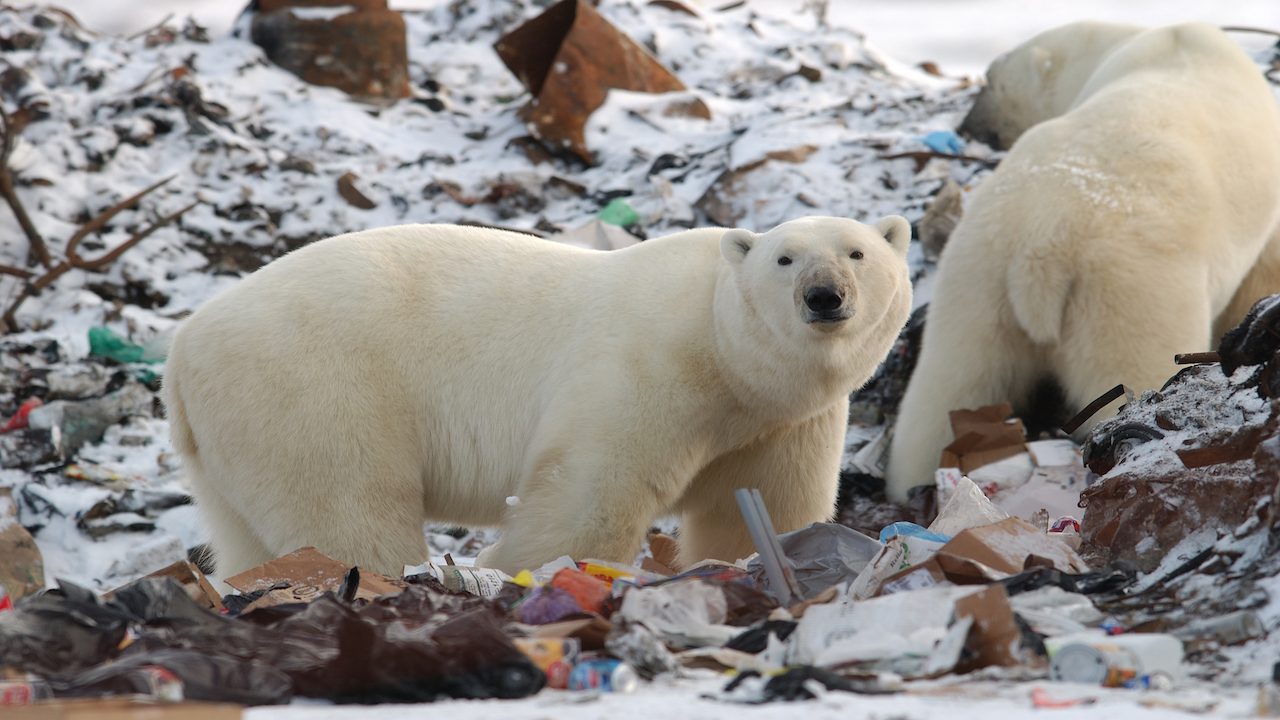
Polar bears are now being forced to eat garbage and dirty diapers, thanks to a huge loss of their prime fishing real estate: sea ice. With less stable sea ice to trawl for seals, the Arctic beasts are increasingly foraging for food in landfills and garbage dumps on the edges of towns. With interactions with humans increasing, some polar bears are being shot.
6. Worse weather

Forget about a distant future with a chaotic climate; the weather is already getting worse thanks to climate change. A variety of studies have shown that the hots will get hotter, the colder places will get colder, droughts and flooding will be more severe, and hurricanes will have higher wind speeds and moisture. As if that weren't bad enough, swings between weather patterns will be more dramatic and unpredictable. The only way to mitigate this? Dramatically reduce our carbon emissions.
Get the world’s most fascinating discoveries delivered straight to your inbox.
7. Penguin populations on the rocks
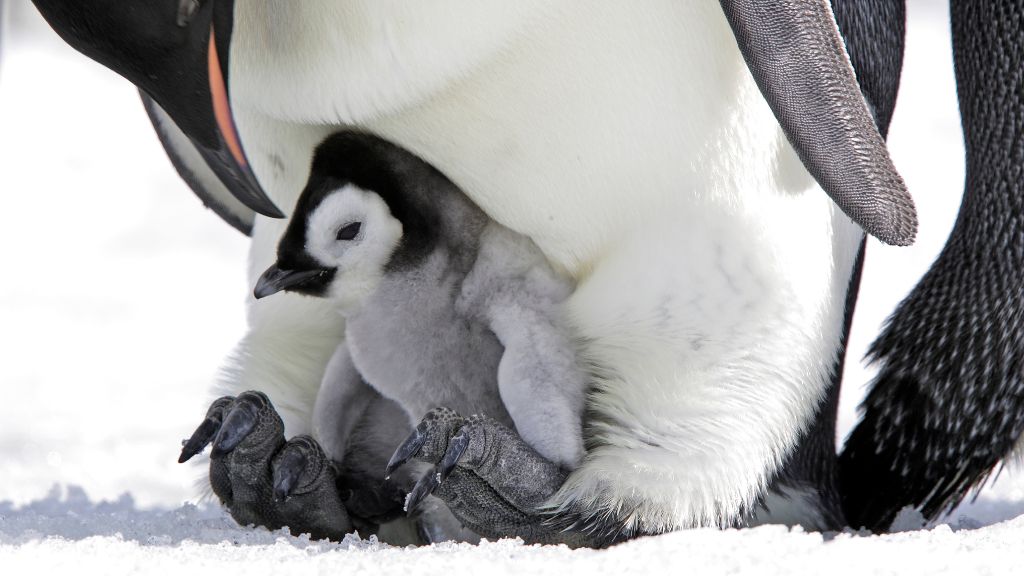
Emperor penguins are now threatened, thanks to climate change. The best-dressed birds have joined the ranks of "threatened species," and the U.S. Fish and Wildlife Service has proposed protecting emperor penguins under the Endangered Species Act. The biggest penguin species is at risk for the same reason polar bears are struggling: stunning losses of sea ice. Up to 70% of emperor penguin breeding colonies could vanish by 2050 if sea ice loss continues at the current rate.
8. A sixth mass extinction
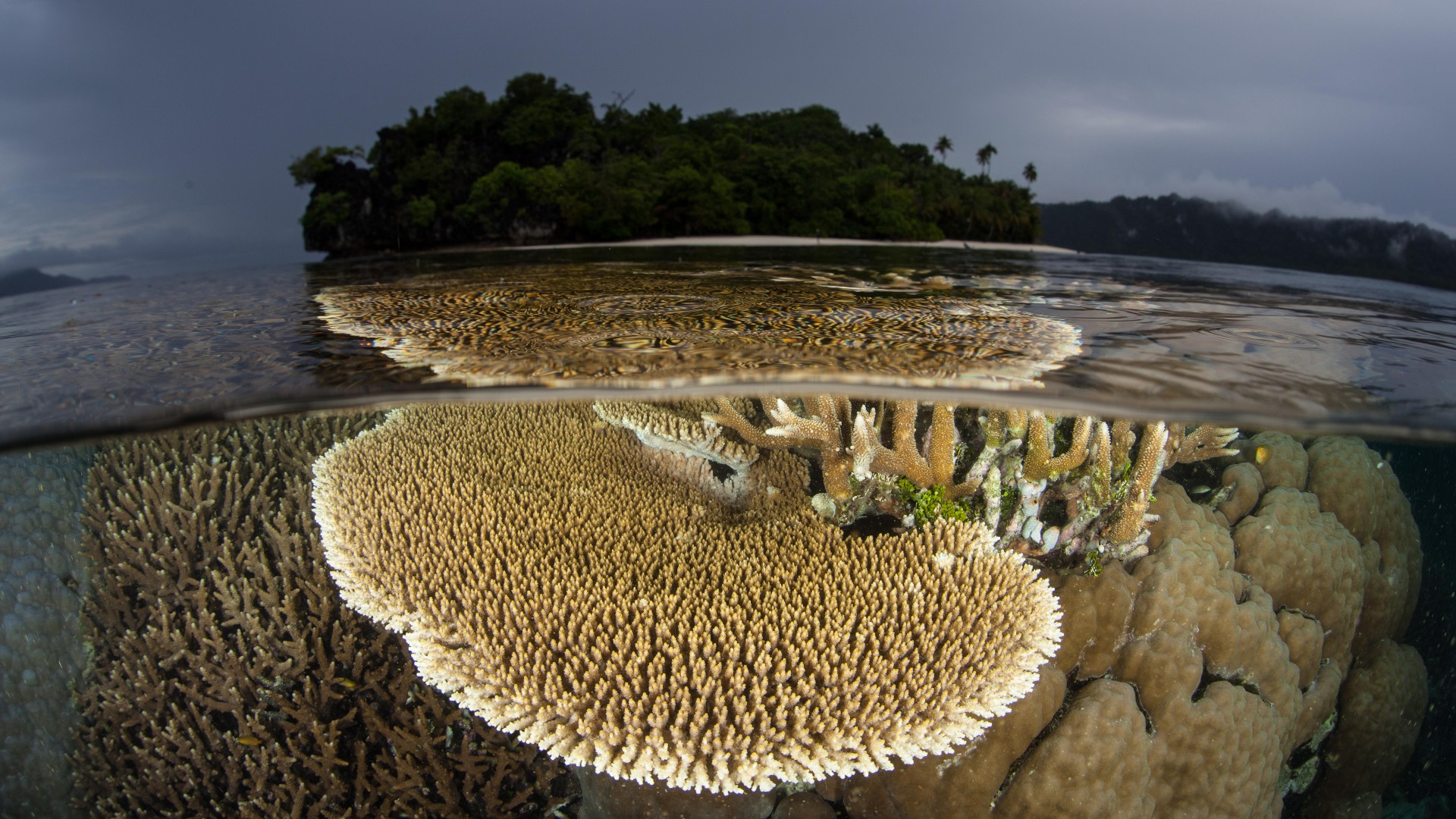
Earth is barreling toward its sixth mass extinction. Five other times in Earth's history, vast swaths of life on the planet have died off in a short period of a few million years. Our planet's species aren't yet dying off at rates to qualify for a mass extinction, but we are inching toward it. On average, the "background rate" of extinction sees 5% to 10% of animal species disappear every million years. A major extinction occurs when 60% of species and 35% of genera vanish. The current rate of extinction is increasing but still within the normal range. However, once temperatures are 16.2 degrees Fahrenheit (9 degrees Celsius) above their current average, which scientists estimate would not happen until 2500, Earth would enter major mass extinction territory.
9. Point of no return
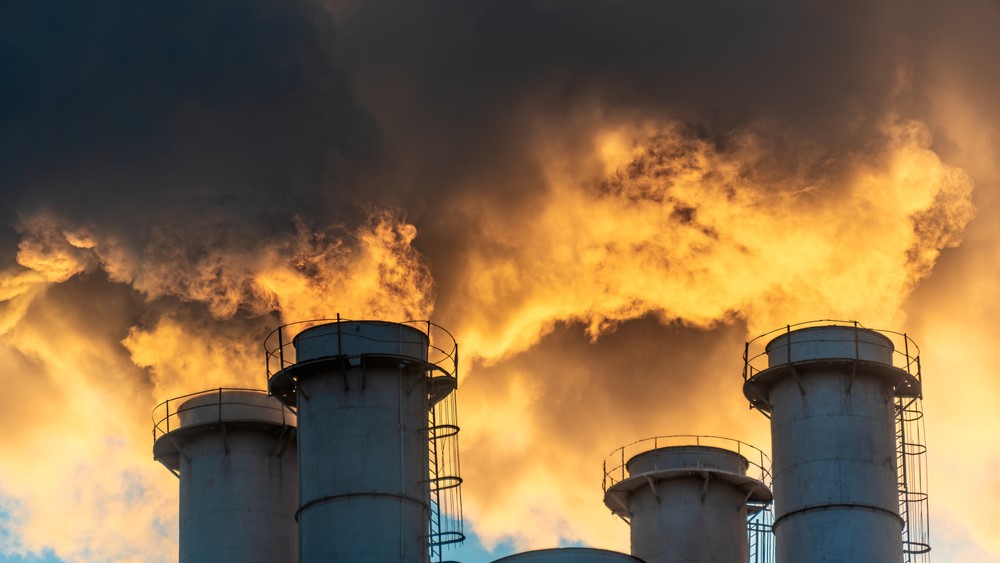
We may be much closer to the climate "point of no return" than we previously thought. Tipping points beyond which the climate begins irreversibly breaking down could be reached at much lower temperatures than past models suggested. There are 16 major tipping points, and several — including the melting of the Greenland and West Antarctic ice sheets, the reduction in Arctic permafrost, the death of tropical coral reefs and the failure of a key ocean current in the Labrador Sea — are in the "danger zone." All tipping points will be reached if Earth's temperature rises 2.7 F (1.5 C) above preindustrial levels. Earth is already 2 F (1.1 C) above that baseline and is likely to reach 3.6 to 5.4 F (2 to 3 C) above preindustrial levels before stabilizing.
10. Doomsday glacier at risk
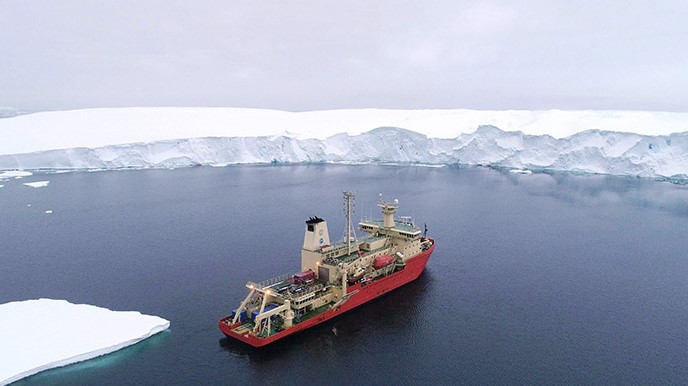
The Thwaites Glacier, more ominously nicknamed the "Doomsday Glacier," is teetering much closer to collapse than we thought. Thwaites is a Florida-size hunk of ice in West Antarctica. Its total liquidation could raise sea levels by 3 to 10 feet (0.9 to 3 m). A new map shows that the glacier is "hanging on by its fingernails" to a bumpy ridge on the seafloor. But if it gets detached from this ridge, the current rate of warming would predict a much higher rate of melt.

Tia is the managing editor and was previously a senior writer for Live Science. Her work has appeared in Scientific American, Wired.com and other outlets. She holds a master's degree in bioengineering from the University of Washington, a graduate certificate in science writing from UC Santa Cruz and a bachelor's degree in mechanical engineering from the University of Texas at Austin. Tia was part of a team at the Milwaukee Journal Sentinel that published the Empty Cradles series on preterm births, which won multiple awards, including the 2012 Casey Medal for Meritorious Journalism.
